
American Beech (Fagus grandifolia) — Power, Benefits, and Practical Uses (Foraging Guide Included)
The American beech (Fagus grandifolia) is often called the silver-barked elder of eastern North American forests—a tree of quiet dignity and enduring utility. Beneath its smooth, gray bark lies a deep legacy of nourishment, healing, and craftsmanship. From its protein-rich nuts to its astringent leaves and bark, the American beech has served both wildlife and humankind for centuries.
This guide explores the tree’s nutritional, herbal, and practical virtues, along with time-honored methods for using it safely at home. You’ll also find field-ready foraging notes for identifying, harvesting, and preparing the tree’s gifts responsibly—ensuring that this majestic forest ally continues to thrive for generations.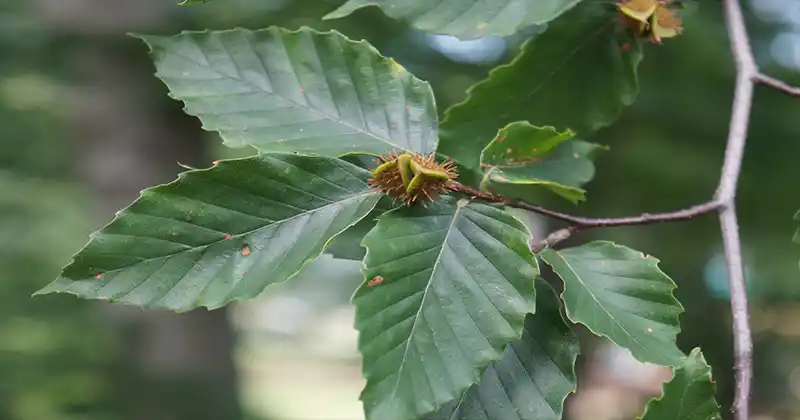
🌰 What Parts of the American Beech Are Used
Every part of the beech has a purpose, though responsible use is key:
-
Beechnuts – The small, triangular seeds enclosed in prickly burrs. Used for food, oil, flour, or roasted beverages.
-
Young spring leaves – Tender, soothing, and mild in flavor. Used fresh for skin applications or dried for tea.
-
Bark and twig bark – Contain natural astringents used in washes and gargles. Always gather only from fallen branches, never from living trees.
-
Wood and charcoal – Clean-burning, neutral smoke for cooking; makes a fine emergency filtration material.
🌿 Sustainability tip: Focus primarily on nuts and leaves. For any bark-based use, collect only from naturally fallen limbs or storm debris. Stripping bark from a live tree can kill it.
🌾 Nutritional and Phytochemical Profile
Beechnuts:
Rich in healthy fats, protein, and minerals such as manganese, magnesium, potassium, and zinc. Their nutritional density made them a staple food for early settlers and Indigenous communities. When roasted, beechnuts develop a mild, nutty flavor while losing many of the raw nut’s tannic compounds and subtle bitterness.
Leaves and Bark:
Contain tannins, flavonoids, and phenolic acids—compounds responsible for the tree’s gentle astringent and antioxidant actions. They help tone and cleanse skin tissues when used externally, a property long recognized in traditional herbalism.
Wood and Charcoal:
Produces a clean, balanced smoke favored for cooking delicate foods like fish and poultry. Charcoal derived from beech wood can also be used in simple water filtration in survival scenarios.
As with all wild plants, nutrient and compound content vary with soil type, regional climate, and season.
🌿 Traditional and Home Health Benefits
(These uses reflect traditional herbal practices and sensible home remedies; they are not medical advice.)
Astringent Support
A leaf or bark decoction creates a cleansing, toning rinse for skin and scalp. It can be used as a natural facial splash, post-shave rinse, or mild astringent gargle.
Skin Soothing
Fresh, crushed young leaves make a gentle poultice for minor irritation, razor burn, or insect bites. Their cool moisture and tannins help calm the skin.
Oral Care & Freshening
A cooled leaf or bark infusion makes a refreshing mouth rinse, helping reduce surface buildup and leaving the mouth feeling clean and toned.
Foot & Skin Hygiene
Warm foot soaks with beech leaf or bark tea can reduce moisture and odor, supporting healthy skin—especially after long hikes or workouts.
Throat Comfort
A mild, cooled gargle made from a weak infusion may help soothe the throat during irritation or overuse, thanks to its natural astringency.
Nutritional Energy
Roasted beechnuts are dense in calories and healthy fats, offering sustained energy for hikers and outdoor work. Historically, they were prized as a portable trail food.
Culinary & Antioxidant Support
Cold-pressed beechnut oil (if you make or source it) is rich in unsaturated fats and natural antioxidants—excellent as a finishing oil or for salad dressings.
Natural Smoke Flavor
Beech wood imparts a delicate, balanced smoke to food, complementing fish, vegetables, and cheese without overpowering flavors.
Topical Cleansing Rinse
A cooled infusion of leaves or bark may serve as a gentle rinse for superficial scrapes after cleaning the skin.
Hair & Scalp Balance
A diluted leaf rinse helps control excess scalp oil, leaving hair refreshed and light.
🍽️ Homemade Beech Preparations
1. Roasted Beechnuts (Snack or Flour)
-
Preheat oven to 150–160°C (300–325°F).
-
Spread clean, shelled nuts in a single layer on a tray.
-
Roast 10–15 minutes, stirring once, until aromatic and golden.
-
Use as a snack, or grind into a coarse flour (10–30% mix) for pancakes or bread.
Tip: Light roasting improves flavor and reduces bitterness.
2. Beechnut “Butter”
-
Roast and skin nuts, rubbing in a towel.
-
Blend while warm until creamy, adding a drizzle of neutral oil if needed.
-
Season with a pinch of salt; store refrigerated in a sealed jar.
3. Roasted “Coffee-Style” Drink
-
Roast nuts darker (not burnt).
-
Grind and steep 1–2 tsp per cup of hot water for 5–7 minutes.
-
Strain and enjoy as a caffeine-free roasted beverage with a toasty flavor.
4. Beech Leaf Tea
-
Harvest young spring leaves.
-
Dry in a single layer, out of direct sunlight.
-
Steep 1 tsp dried leaves in a cup of hot water for 5 minutes.
-
Strain and sip plain or with honey.
5. Astringent Rinse or Gargle
-
Simmer 1 tbsp dried leaf or 2 tsp twig bark (from fallen limbs) in 250 ml water for 5–7 minutes.
-
Cool, strain, and dilute 1:1 with clean water.
-
Use as a mouth rinse (spit out), scalp rinse, or facial splash.
Store up to 24 hours in the refrigerator; discard if cloudy or sour-smelling.
6. Leaf Poultice for Minor Irritations
-
Crush fresh young leaves gently between clean fingers.
-
Apply directly to the skin for 5–10 minutes.
-
Rinse area afterward; discontinue if irritation occurs.
7. Beech-Leaf Noyau (Traditional Liqueur)
-
Fill a clean jar with fresh spring leaves.
-
Cover with clear spirit (vodka or gin) and optional sugar.
-
Infuse 2–4 weeks, strain, and bottle.
-
Enjoy responsibly in small sips or as a culinary flavoring.
🌳 Foraging and Identification Guide
Where It Grows
Native to eastern North America, from the Canadian Maritimes and Great Lakes to the Appalachian Mountains and the Southeast. Beech trees favor rich, well-drained soils and often form shaded groves in mixed hardwood forests.
Key Identification Features
-
Bark: Smooth, pale gray, often compared to elephant skin. Unusually smooth even in maturity.
-
Leaves: Simple, alternate, with straight parallel veins ending in fine teeth and a pointed tip.
-
Winter Buds: Long, narrow, sharply pointed, coppery-brown—like small cigars.
-
Fruit: Triangular nuts in prickly burrs that split into four sections when mature.
-
Form: Tall canopy tree with broad, spreading branches and dense shade.
Look-Alikes
-
American chestnut (now rare) and chinquapin have different burr structures and leaf vein patterns.
-
European beech (Fagus sylvatica) is commonly planted in parks and gardens; it’s usable but slightly different in nut and leaf form.
🍂 Harvesting and Responsible Use
-
Leaves: Harvest tender spring leaves when light green.
-
Nuts: Collect in early to mid-autumn once burrs open and nuts fall naturally.
-
Bark: Only from fallen limbs or storm debris—never from living trees.
Always harvest modestly. Beech nuts are a vital food source for wildlife—including bears, turkeys, squirrels, and songbirds.
Processing Nuts
-
Wear gloves to open burrs.
-
Remove triangular nuts and shell them before roasting.
-
Discard any discolored, moldy, or rancid nuts.
🍴 Creative Kitchen Uses
-
Trail mix: Roasted beechnuts with dried berries and dark chocolate.
-
Granola: Fold chopped roasted nuts into oats and bake with honey.
-
Compound butter: Blend ground nuts into butter for a savory spread.
-
Finishing oil: Light drizzle over roasted vegetables or grilled fish.
🧾 FAQs
Are raw beechnuts safe?
Small tastes are fine, but large amounts can cause stomach upset. Roasting neutralizes mild toxins and bitterness.
Can I drink beech leaf tea daily?
Occasional use is best. Like most tannin-rich astringents, alternate with other herbs and give your body rest days.
Is beech good for smoking food?
Yes — its mild, neutral smoke is ideal for fish, poultry, and vegetables.
⚠️ Cautions & Contraindications
-
Allergies: Avoid if sensitive to nuts or tannins.
-
Digestive sensitivity: Always roast nuts; raw ones can cause mild nausea.
-
Medication: Astringents may reduce medication absorption—take hours apart.
-
Pregnancy/breastfeeding: Limited safety data; stick to culinary use only.
-
Bark ethics: Never peel living bark; gather from windfall wood.
🌿 Simple Starter Plan
-
Learn to Identify: Smooth gray bark, parallel leaf veins, pointed buds, and 4-part burrs.
-
Begin with Food: Roast a small batch of nuts; try them plain or in baking.
-
Try a Rinse: Brew a weak leaf infusion and use as a mild facial splash.
-
Observe & Note: Track how your skin, digestion, and energy respond.
🌲 Conclusion
The American beech is more than a tree—it’s a patient teacher of balance and restraint. Its gifts are subtle but enduring: nutrient-rich nuts for nourishment, gentle astringency for self-care, and timeless wood for craft and cooking.
To know the beech is to slow down and listen—to the forest, to tradition, and to the quiet wisdom of nature. Harvest with respect, use mindfully, and let this silver-barked guardian become a steady, grounding ally in your kitchen and home apothecary.
Disclaimer:
This article is for educational purposes only. It is not a substitute for professional medical advice, diagnosis, or treatment. Always consult a qualified healthcare provider for health concerns, and confirm plant identification through multiple field characteristics before any use.
News in the same category

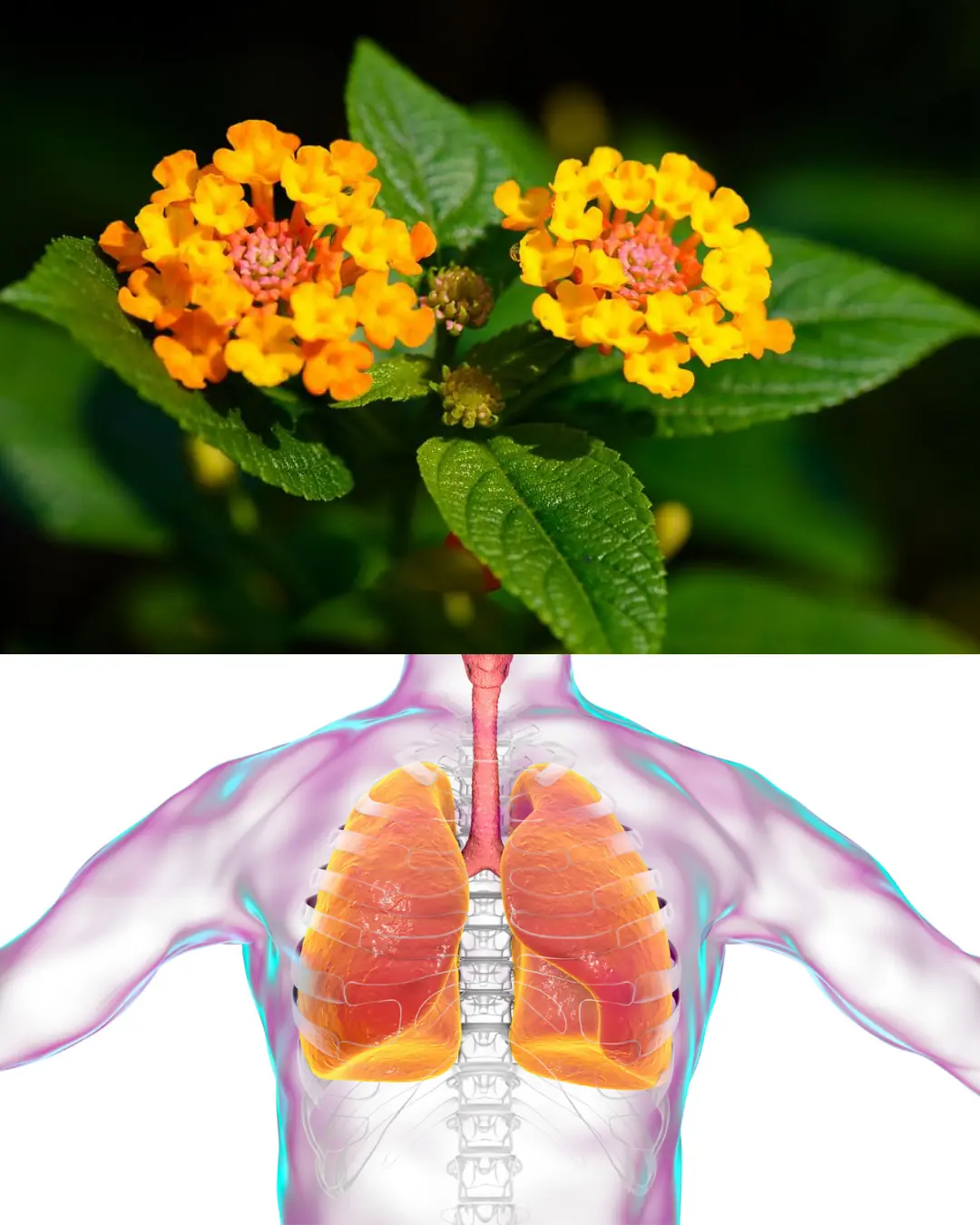
The Hidden Power of Common Lantana (Lantana camara): What You Can Safely Do with It at Home
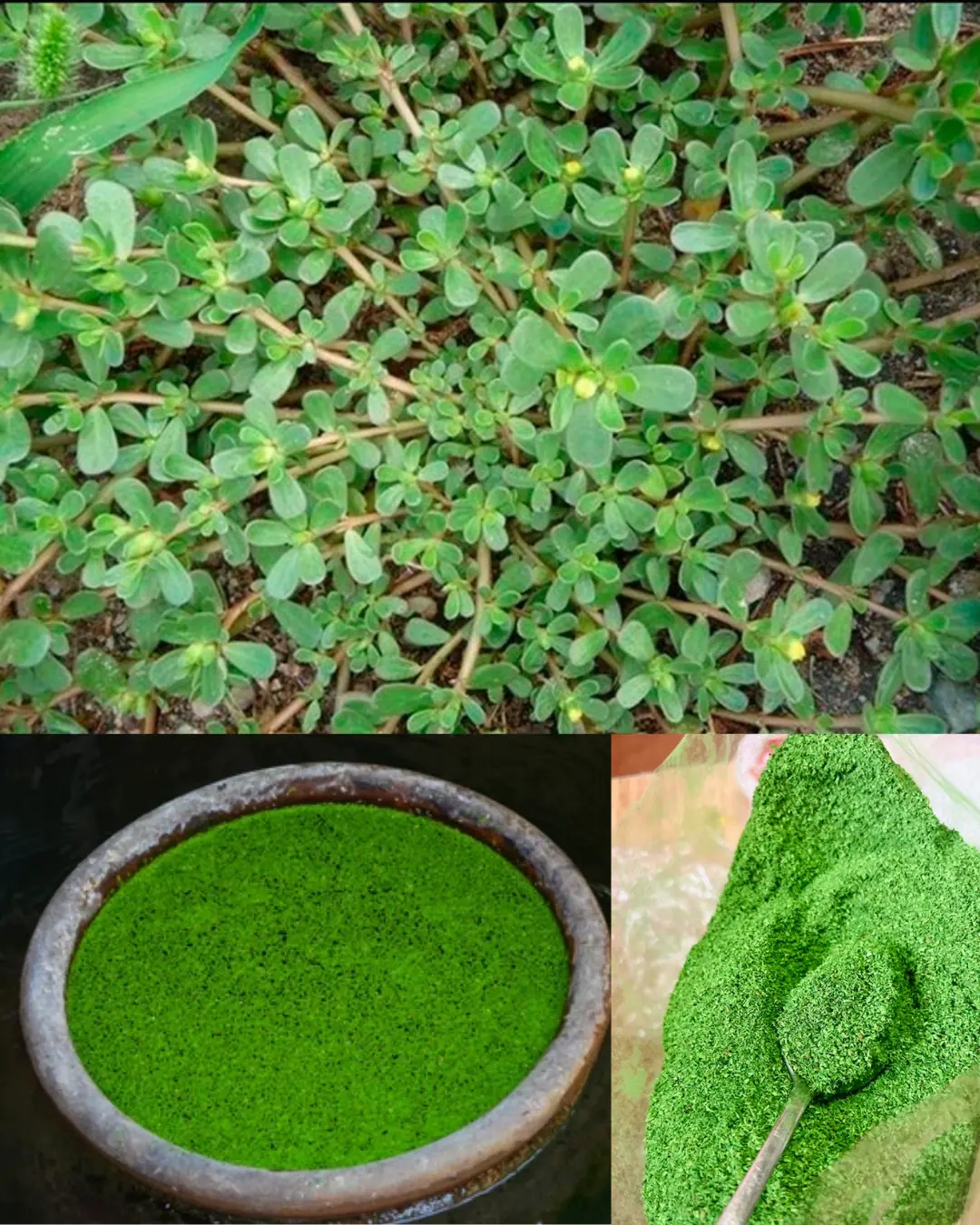
11 Little-Known Secrets of Purslane: A Wonder Plant in Disguise
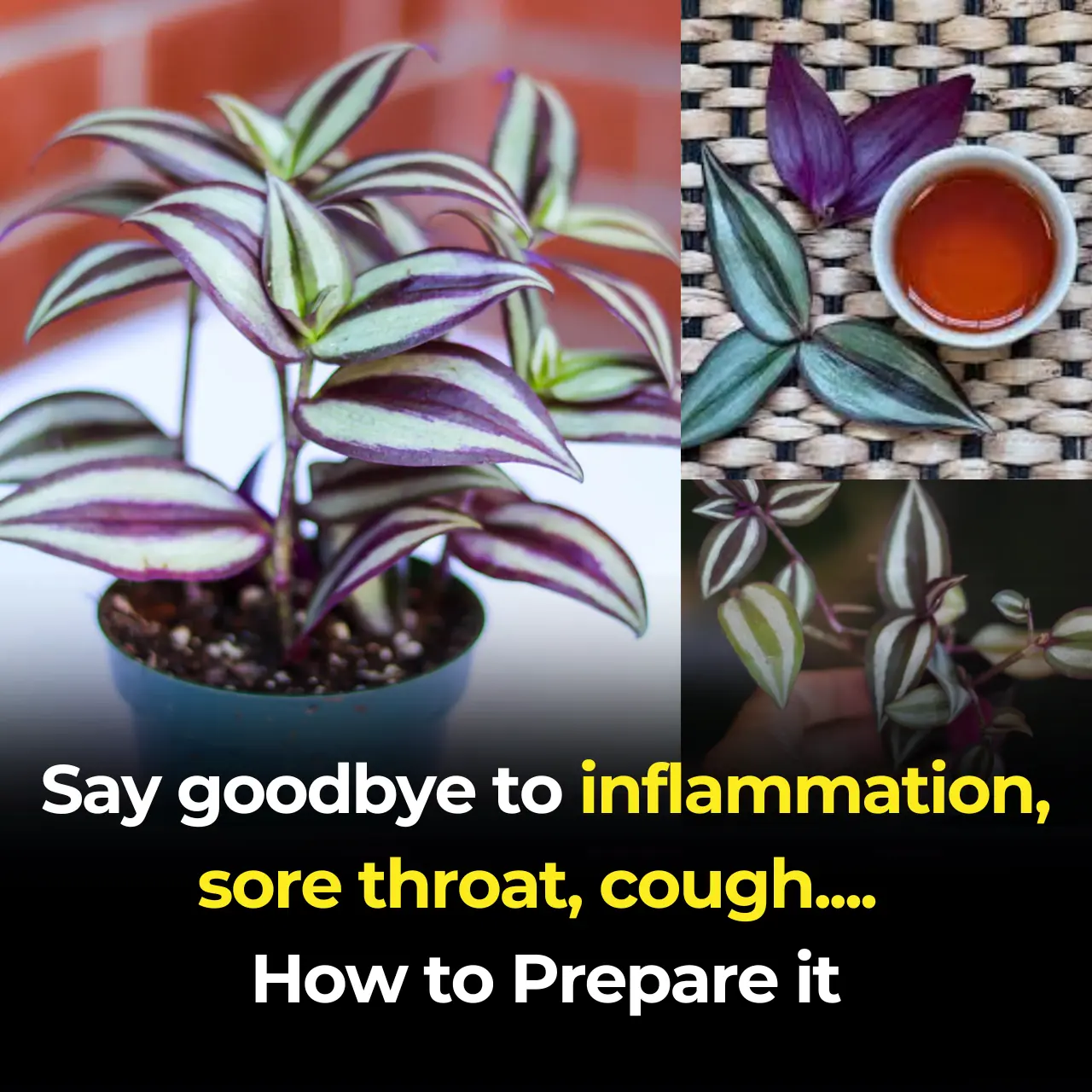
Tradescantia zebrina: The Colorful Healer Hidden in Plain Sight

Here are 7 incredible things that happen when you burn a bay leaf at home
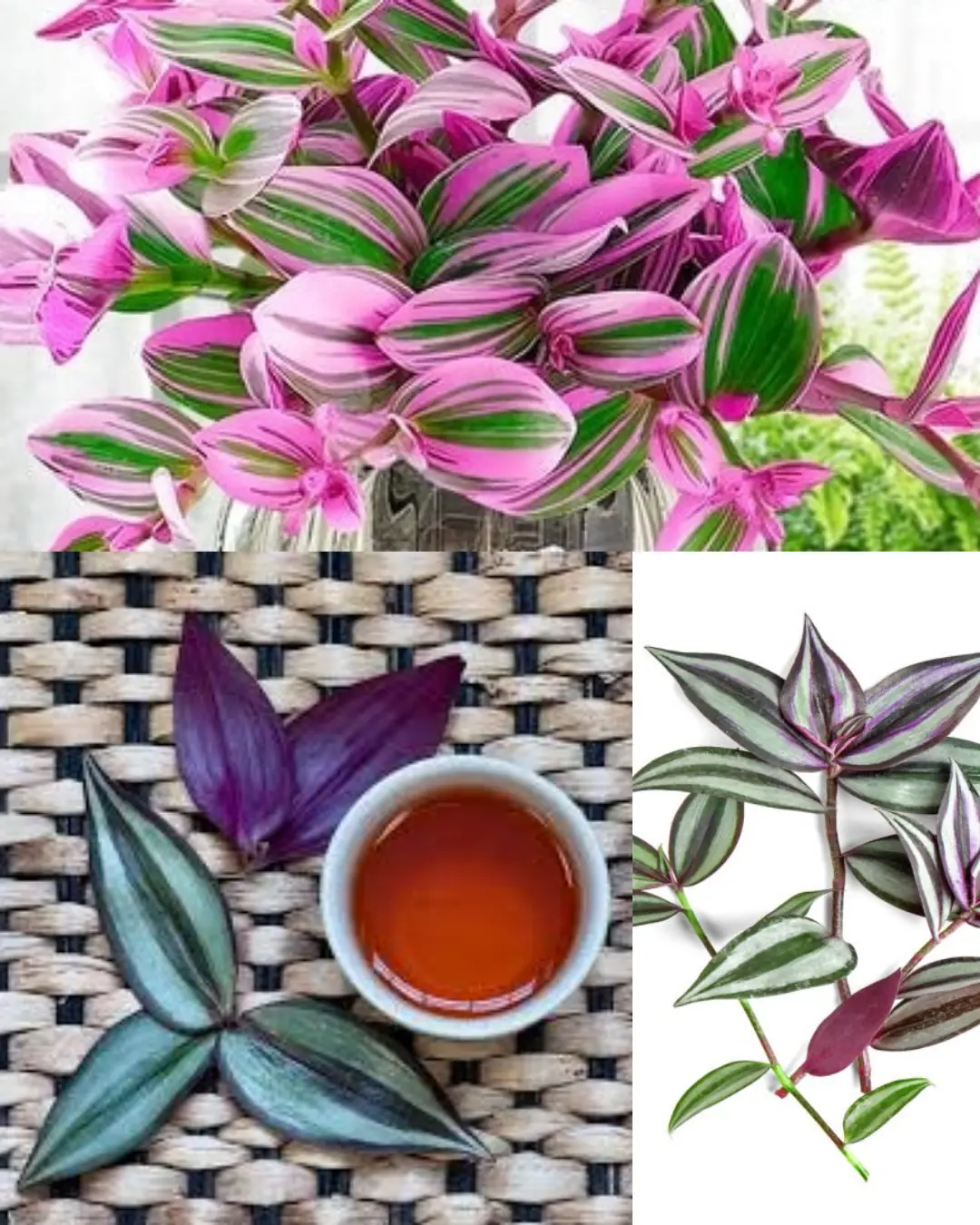
Tradescantia zebrina: The Colorful Healer Hidden in Plain Sight

Black Locust (Robinia pseudoacacia): 14 Surprising Benefits and How to Use It at Home
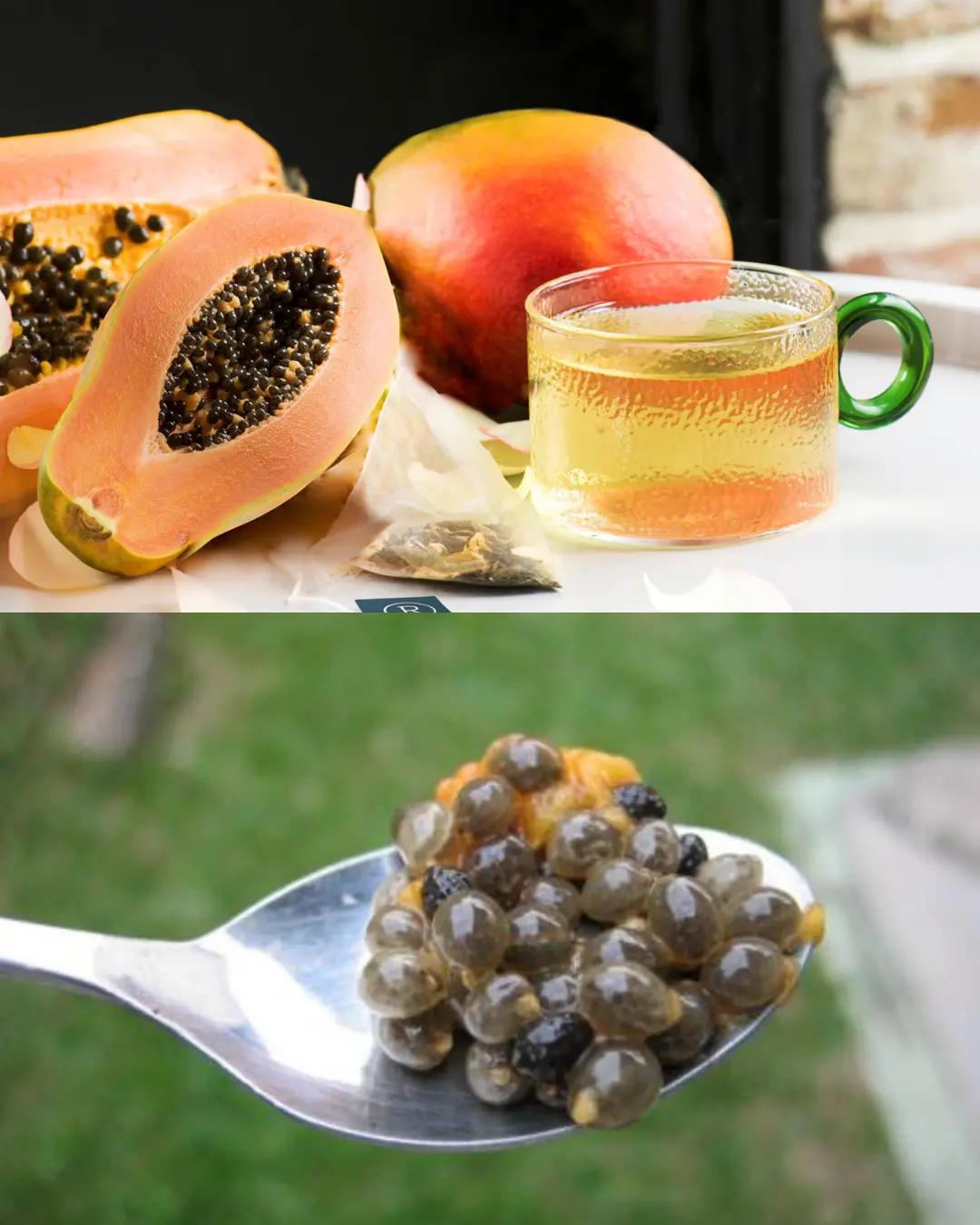
Papaya Seeds for Gut Health: The Simple Secret Inside Your Fruit
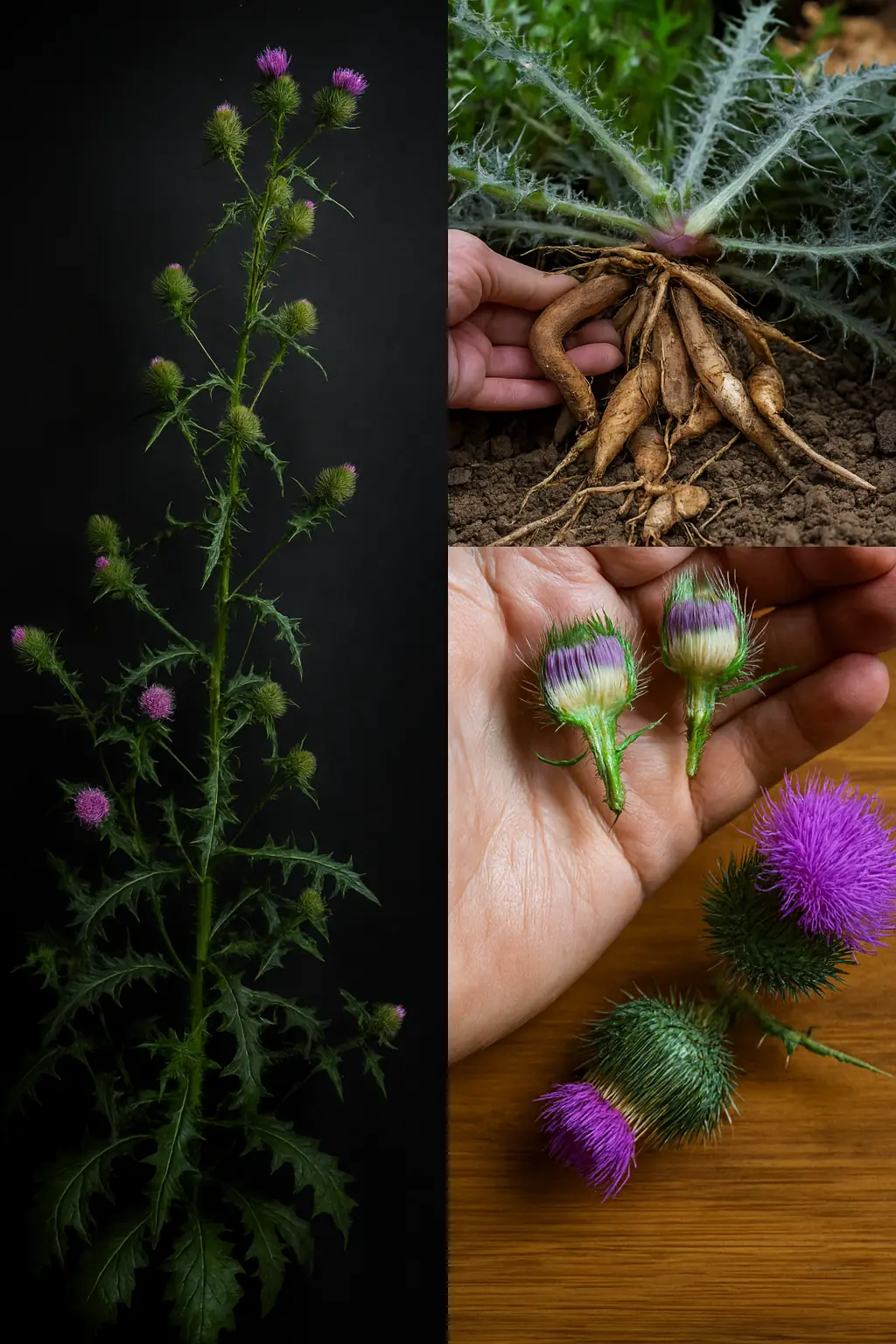
12 Benefits of Bull Thistle Root and How to Use It Naturally
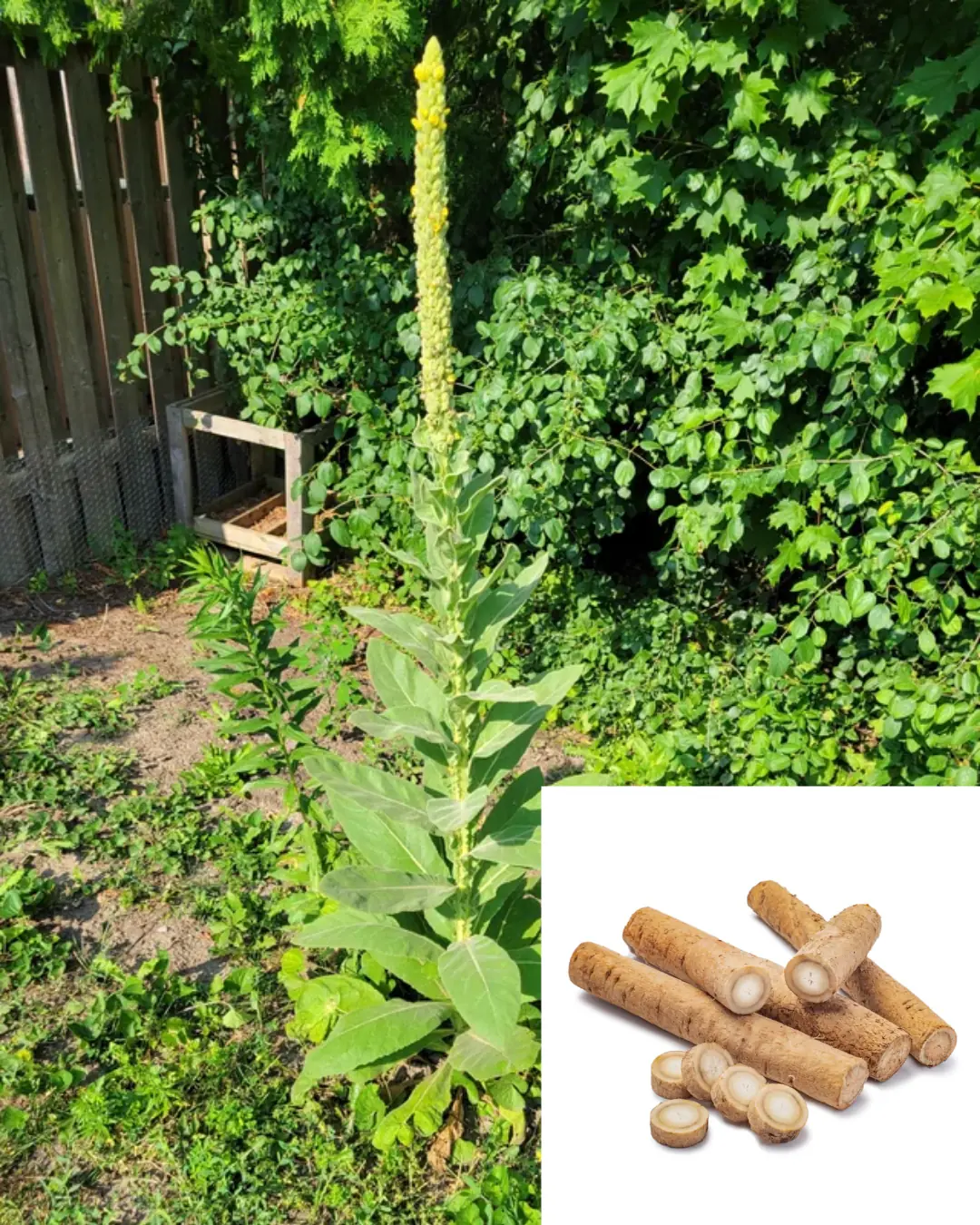
The Hidden Power of Mullein Roots: Benefits and Uses
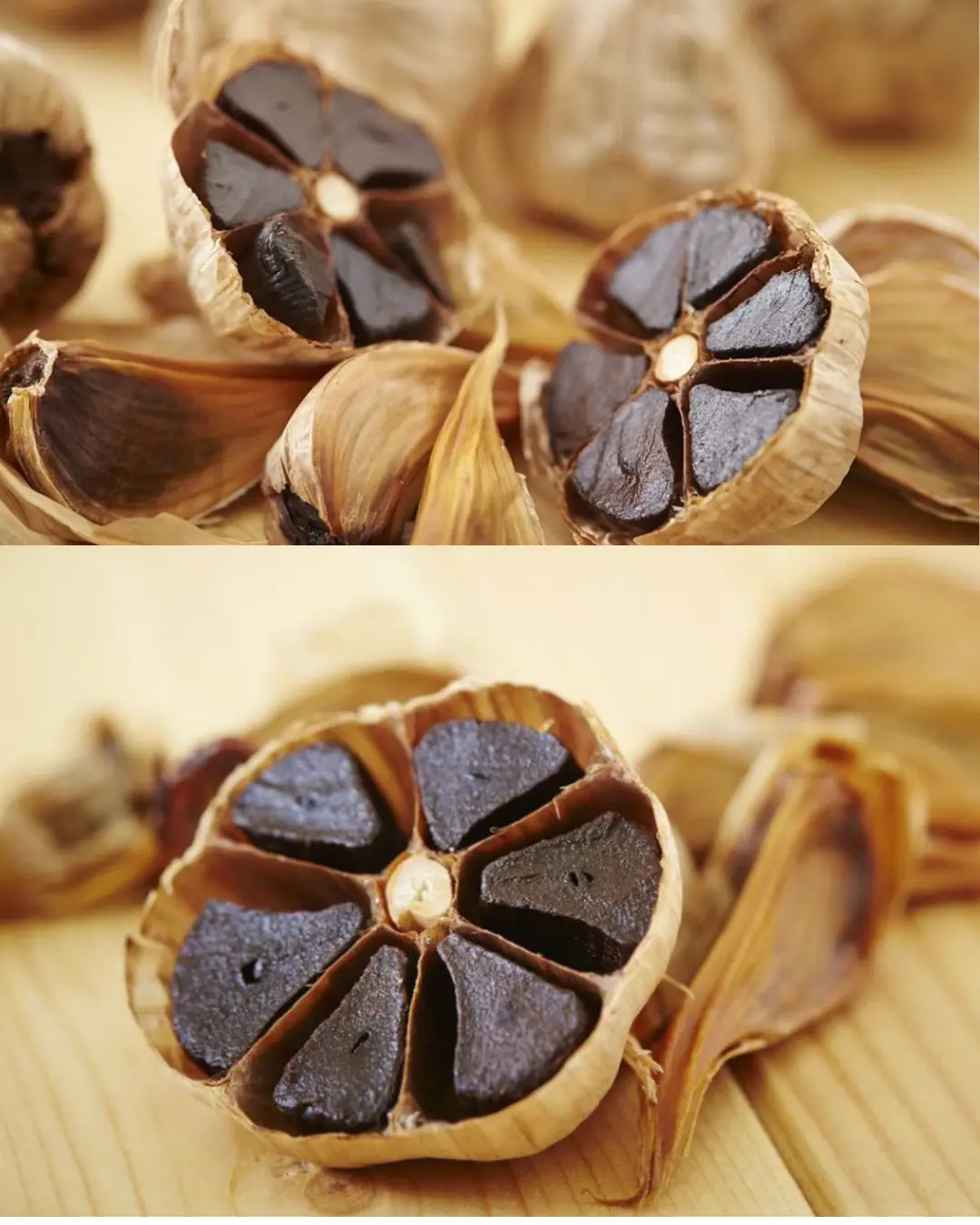
The Power of Black Garlic: Nature’s Aged Superfood
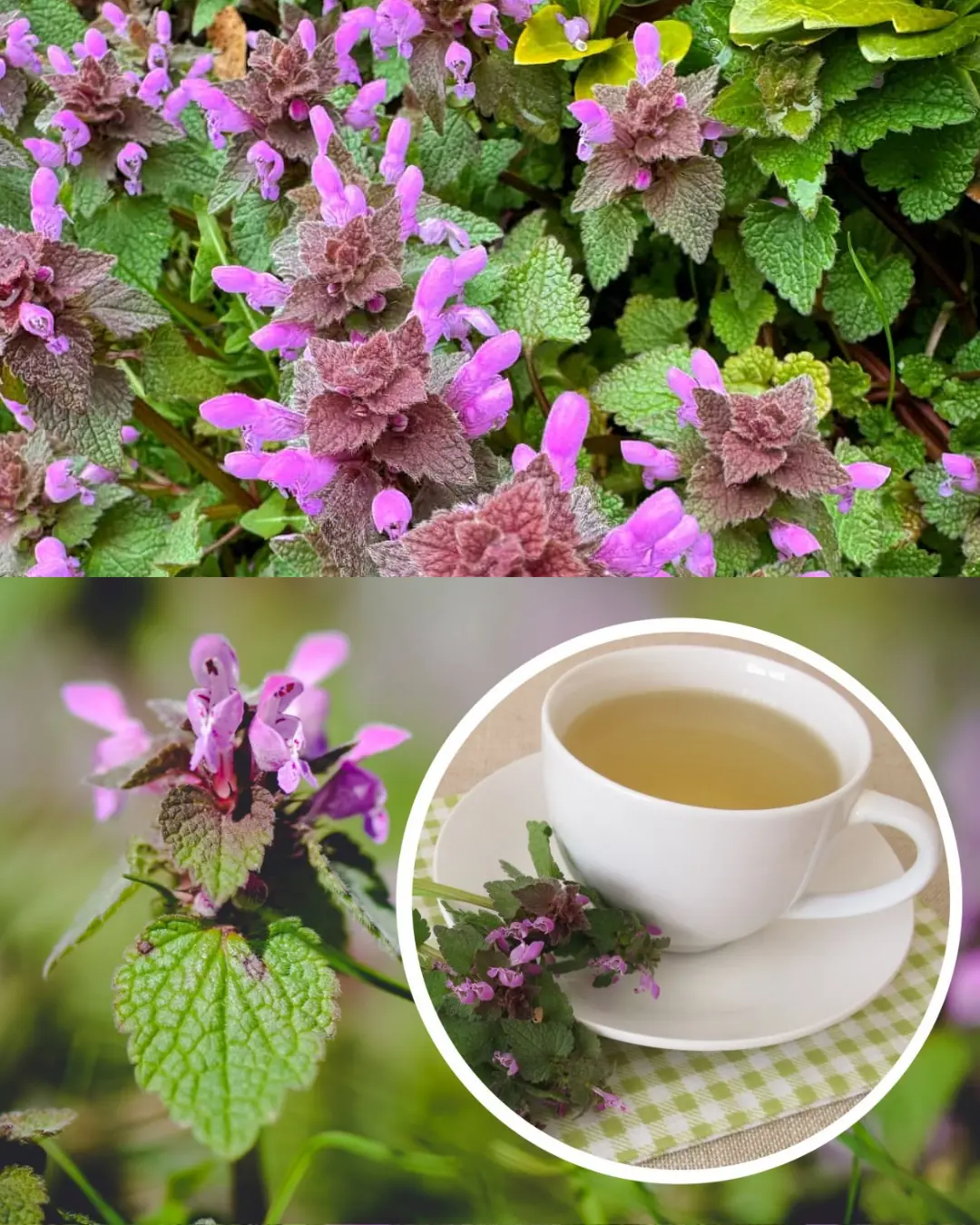
Purple Dead Nettle (Lamium purpureum): A Wild Ally for Circulation and Heart Health

The One Kitchen Ingredient That Makes Bedbugs, Mosquitoes, Cockroaches, Ants & Silverfish Disappear Like They Never Existed – And It Costs Less Than a Cup of Coffee

Doctors Reveal What Eating Peanuts Can Really Do to Your Body
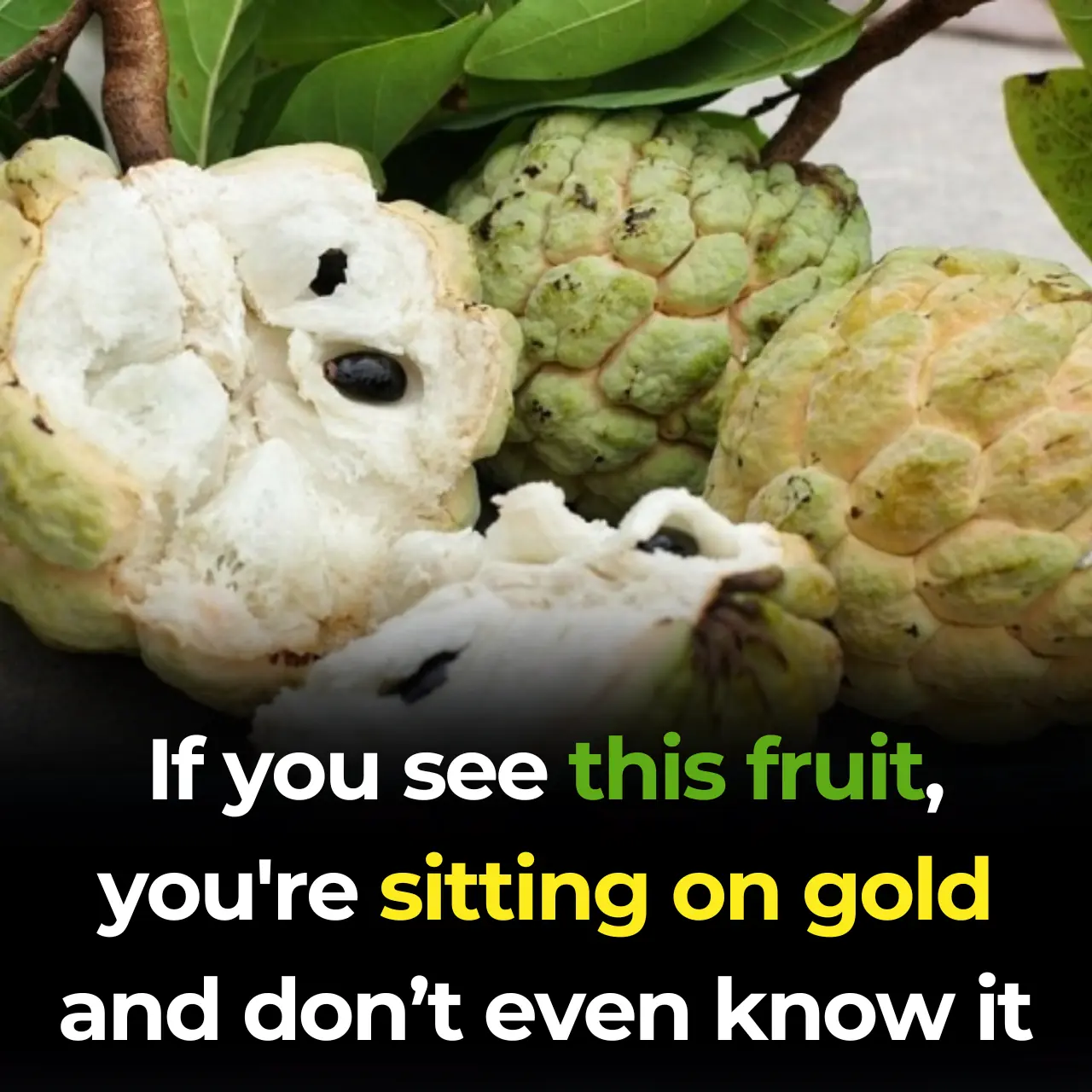
Sugar Apple (Annona squamosa): A Sweet Fruit with Powerful Health Benefits

Burning Garlic at Home: What Happens After 15 Minutes

Why Do People Put Butter on a Date? The Ancient Energy Mix Making a Modern Comeback

Rosemary: The Ancient Herb With Powerful, Little-Known Benefits for the Human Body
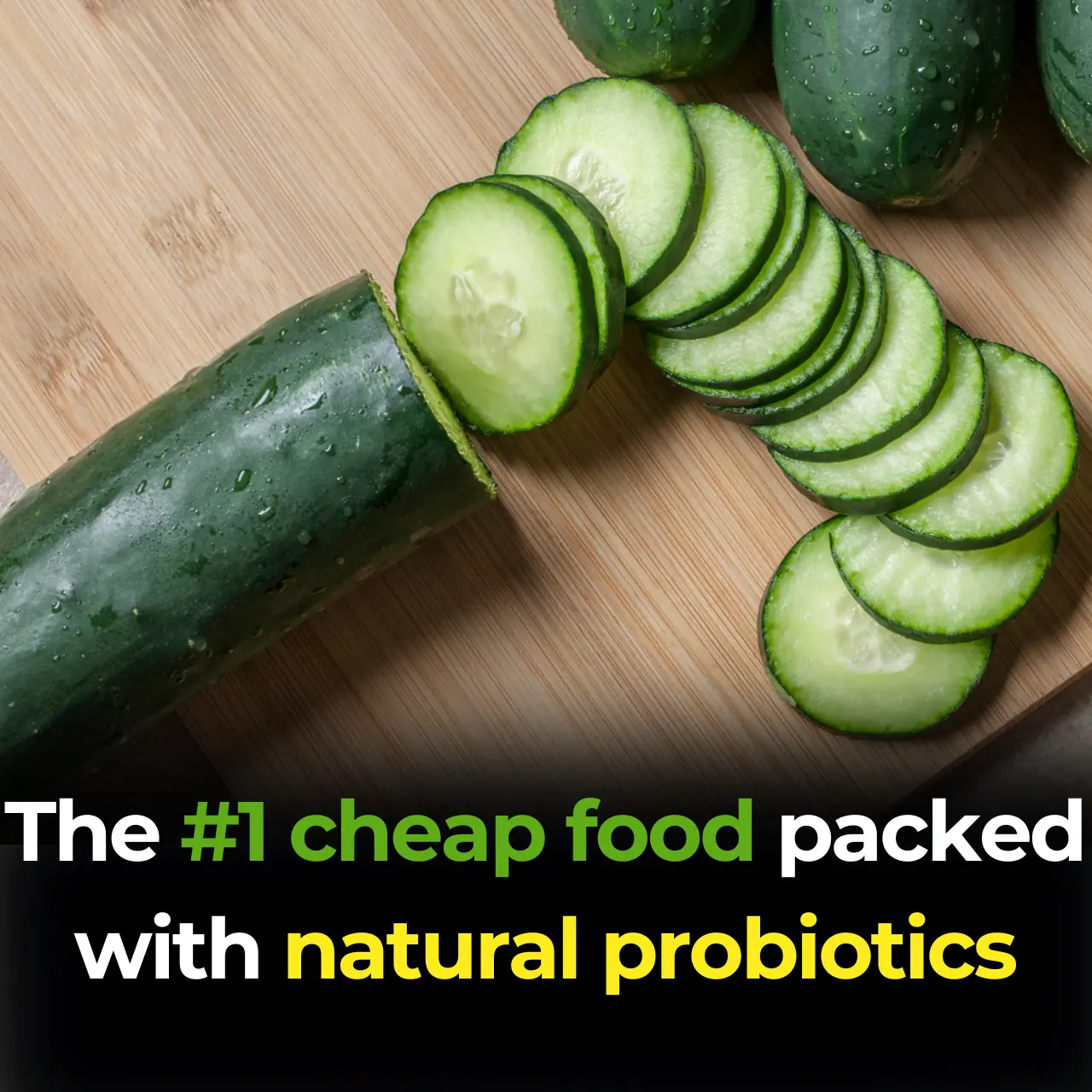
The #1 cheap food packed with natural probiotics (and how to prepare it)
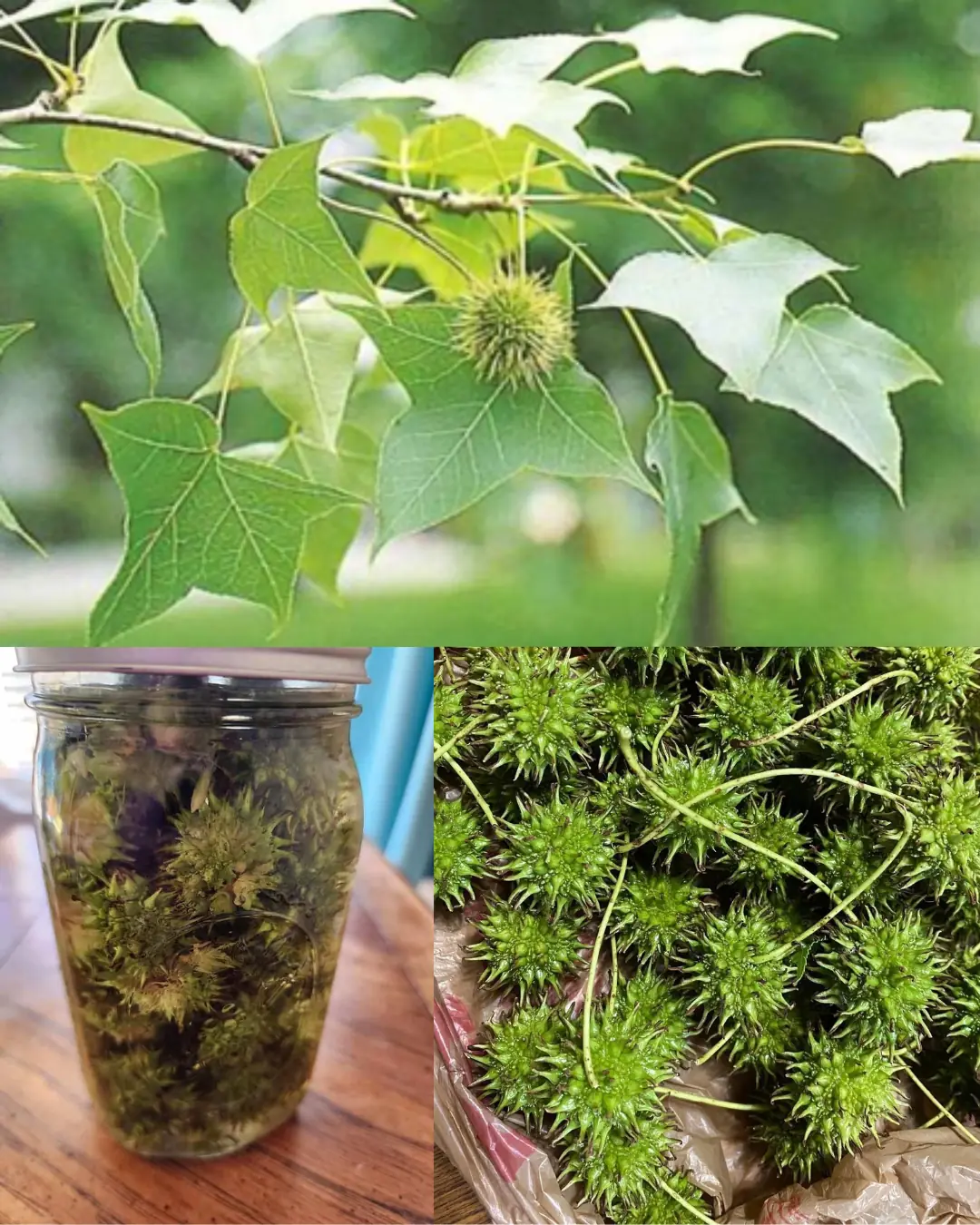
American Sweetgum (Liquidambar styraciflua): Health Benefits and Easy Ways to Use It at Home
News Post

MEDICATIONS YOU SHOULD NEVER TAKE WITH COFFEE

What You See First in This Optical Illusion Reveals A Lot

Why Your Dog Stares at You

10 Best Foods to Detox Your Kidneys and Protect Renal Health
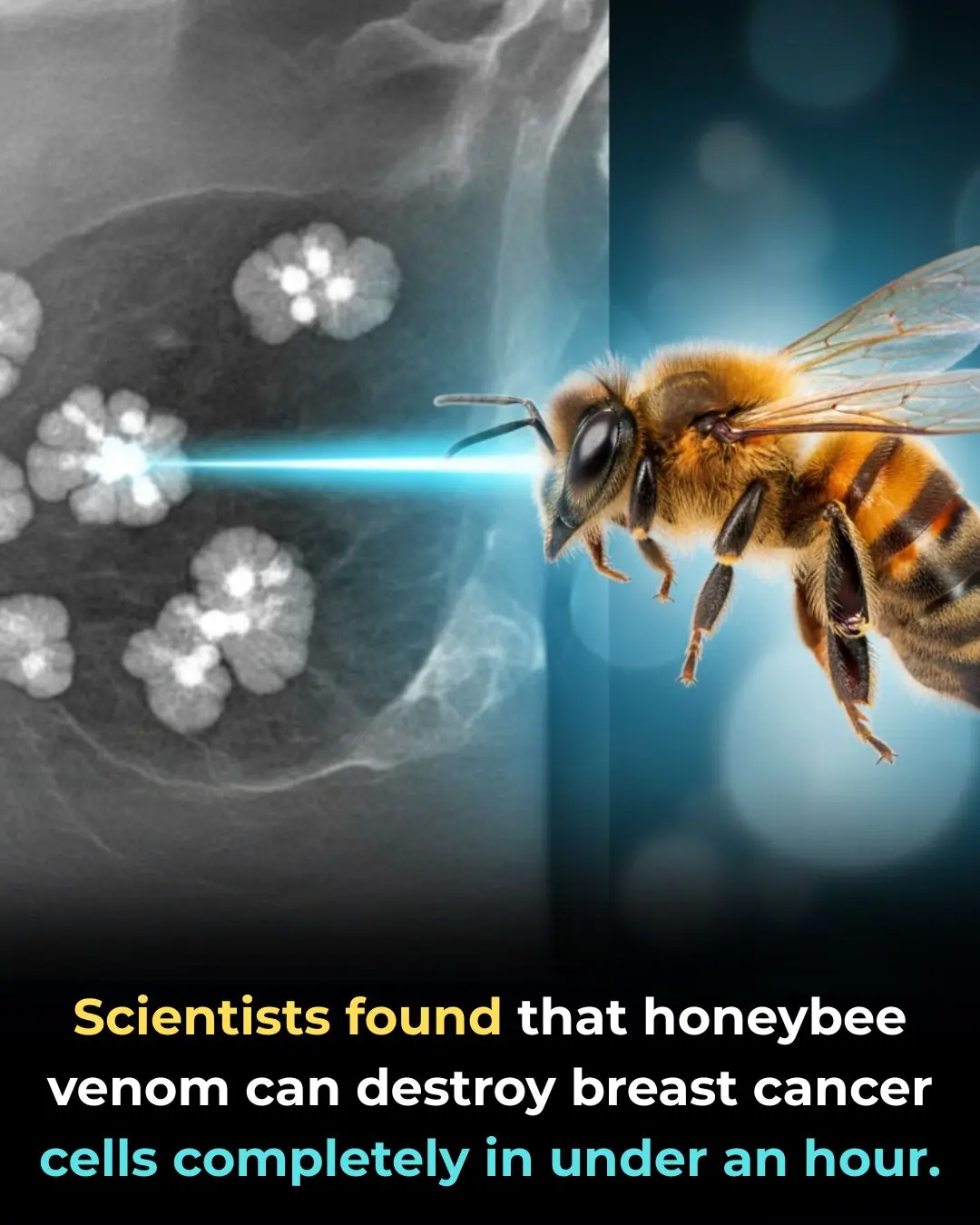
Honeybee Venom Can Destroy Breast Cancer Cells in Under an Hour — A Breakthrough That Could Transform Modern Medicine

Love Can Literally Make Your Body Crave More Sleep — Here’s the Science Behind It

A Revolutionary German Gel May Repair Joints Naturally—Potentially Eliminating the Need for Surgery

The Power of Clove Steam Inhalation (Respiratory Relief You Can Feel Immediately)

Peter Tabichi: The Kenyan Teacher Who Became the World's Best by Inspiring Change and Giving Back

Reducing Meat Consumption by 90%: A Critical Step to Combat Climate Change and Ensure Global Sustainability

Revolutionary Nanobodies Offer New Hope for Alzheimer’s and Parkinson’s Disease Treatment

Gray Wolves: The Remarkable Lifelong Bond Between Mates and Their Role in Pack Survival

Sebastian Errazuriz’s Robotic Dogs: A Satirical Commentary on Tech Billionaires and the NFT Market

Voyager Spacecraft: A 40-Year-Old Marvel of Engineering Exploring Interstellar Space

Popular blood pressure drug linked to increased cardiac arrest risk

How the U.S. Escaped Hurricane Landfalls in 2025

Ancient Shark Fossils Unearthed in Mammoth Cave Rewrite 325 Million Years of Evolutionary History

Powerful Health Benefits of Pineapple You Should Know

How an Italian Police Lamborghini Huracán Helped Save Lives by Delivering Kidneys Across Italy
